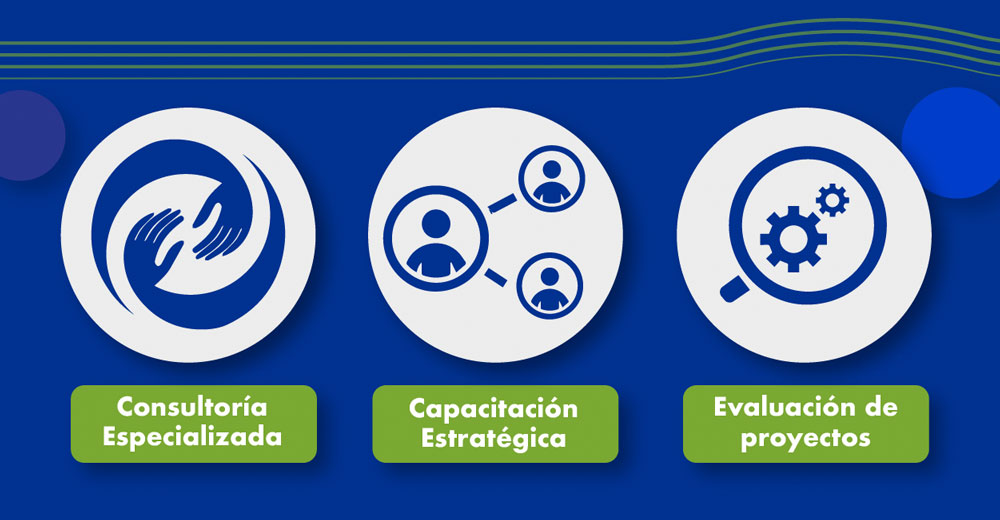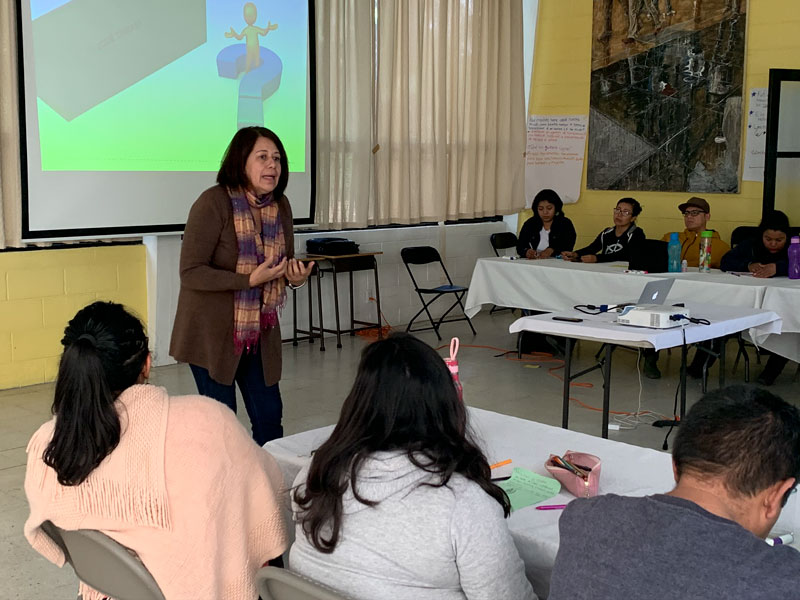Continuous training: an survival opportunity for organizations
AMEXTRA Consultores

Training in companies — according to OCCMundial (2020) — decreased in 2019 compared to 2018. The percentage of employees who received training related to their jobs decreased from 21% in 2018 to 11% in 2019, while the lack of economic resources was the main reason for professionals not achieving their continuing education goals.
In 2020 – a pandemic year – the previous scenario did not improve for companies, except those related to Information and communications technology (ICT), the financial market and online commerce. The small and medium enterprises (SMEs) had a 90% drop in sales with an estimated minimum loss of 30 billion pesos (Alejandro Salcedo, President of Alampyme, April 1st, 2020). Hence, their efforts are focused on survival, rather than professionalizing their human capital. This behavior became more acute in the health contingency, as it demanded their full attention. For example, according to INEGI, 44.9% of SMEs do not provide training, while in microenterprises the percentage rises to 85% (ENAPROCE 2019). That is, the training / professionalization of the collaborators is not a priority investment for companies in Mexico.
Civil society organizations (non-profits) also faced challenges in 2020 for financial survival and decreased their training expenses to prioritize the restructuring of their mechanisms of community intervention in light of the limitations – like social distancing – caused by the health emergency due to Covid-19. In addition, the pandemic involved – for most of them – an increase in their activities to assist the most vulnerable and -at the same time- a decrease in access to resources that support their mission, “(…) placing in extreme uncertainty many spaces that carry out essential activities for the defense of human rights ”(animalpolitico.com, 2020).

At first, this scenario seems to justify the limitations in personnel training in organizations. However, the home office, for example, evidenced challenges not only of connectivity, but also of adaptability on the part of the team members to digital environments, as well as completing their tasks from a distance. Without a doubt these challenges, when they are not overcome efficiently, mean an inefficient use of limited resources in organizations.
Why should we see continuous training as a survival strategy for nonprofits? In general terms, because it offers several advantages such as: 1) decreasing staff turnover; 2) decreasing absenteeism; 3) increasing the quality of work; 4) increasing identification of personnel with the organization; 5) productivity improvement and 6) achieving the objectives of the organization in less time.
In addition, according to Great place to work (2020), by attending to the constant learning of personnel, we can: A) identify areas of opportunity and issues where the organization requires training; B) align them with the interests and abilities of the collaborators; and 3) set goals to apply the new knowledge. The latter is extremely important because if learning is not implemented, growth opportunities are lost.
Without a doubt the consequences of the pandemic year (2020) will require time to overcome and -to achieve this – companies and nonprofits will have to readjust their operational and financial structures. However, our recommendation is to not limit the continuous training of staff and team members. A team with solid training and capable of adapting to different scenarios and reaching the goals and mission of your organizations can only be achieved with education. Do you know the training needs of your company/organization? Let us help you, our Training Needs Diagnostic Assessment will help you identify the areas of opportunity in staff professionalization.
More information [email protected]
© 2023 Amextra, Asociación Mexicana de Transformación Rural y Urbana A.C. Todos los derechos reservados, México 2017-2023.








Leave a Reply